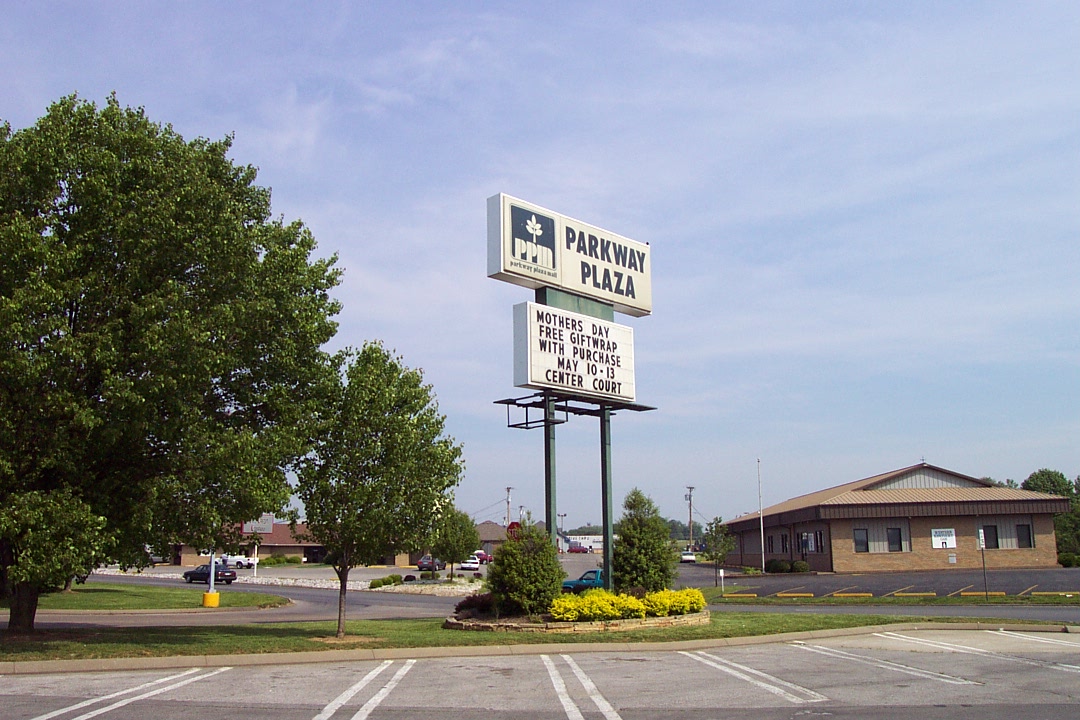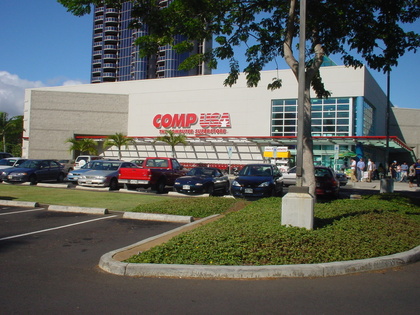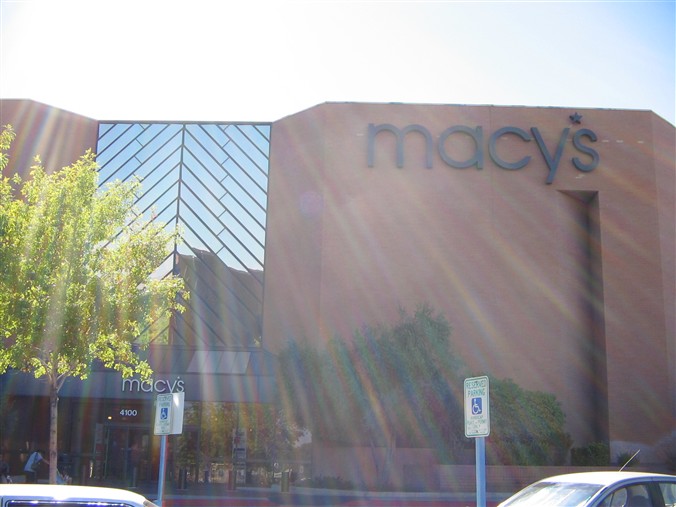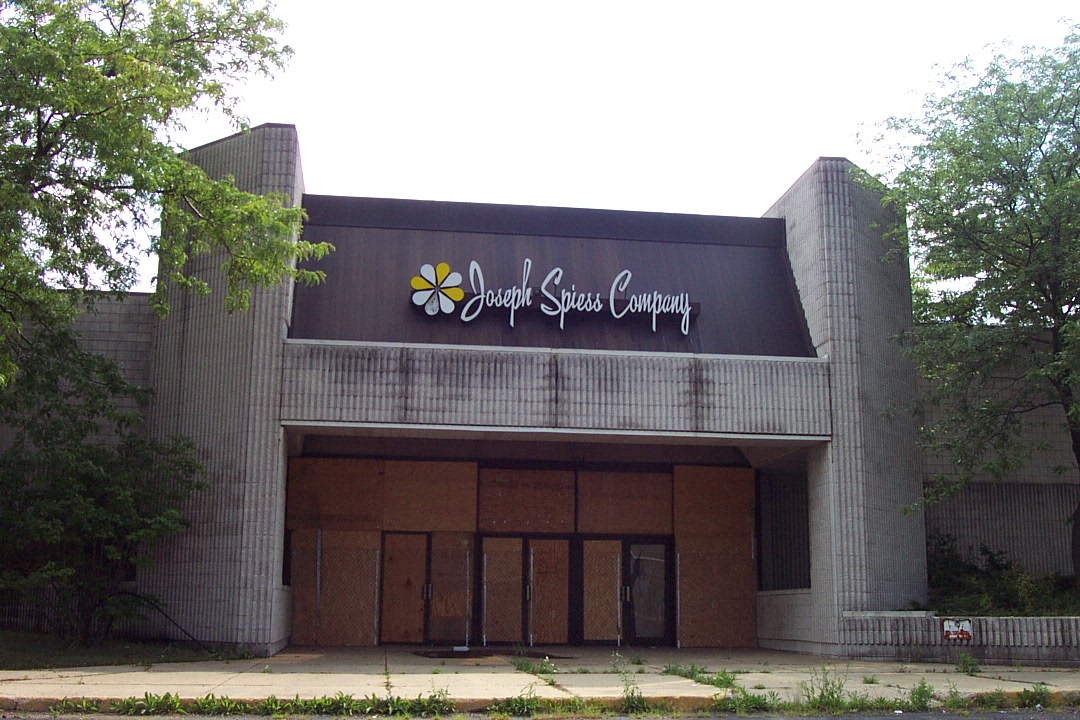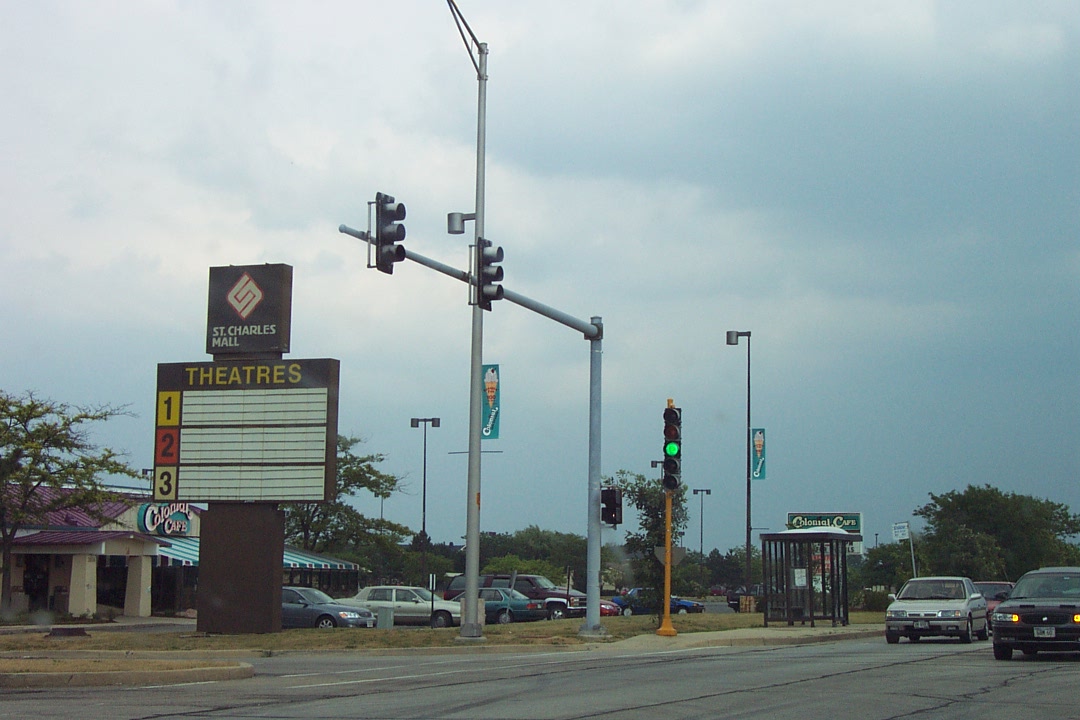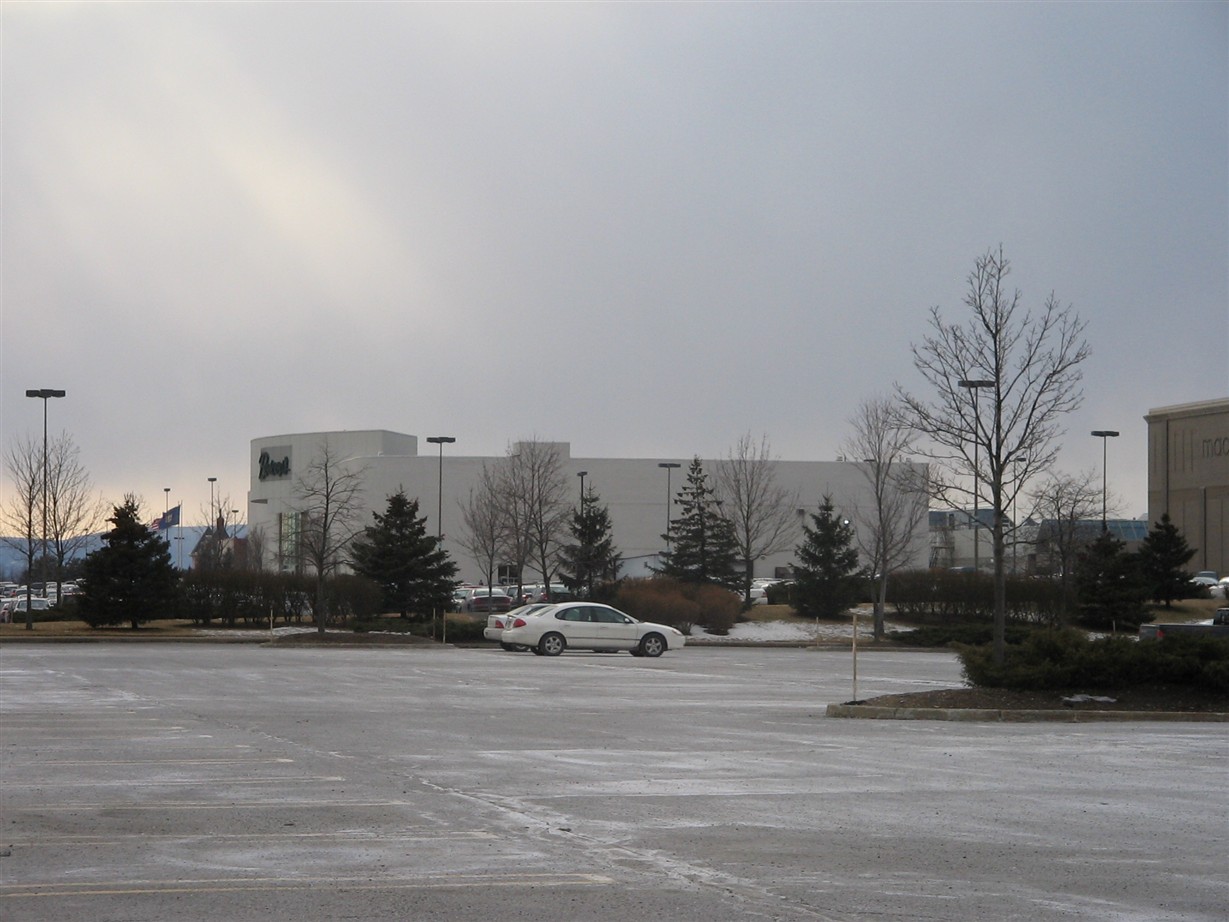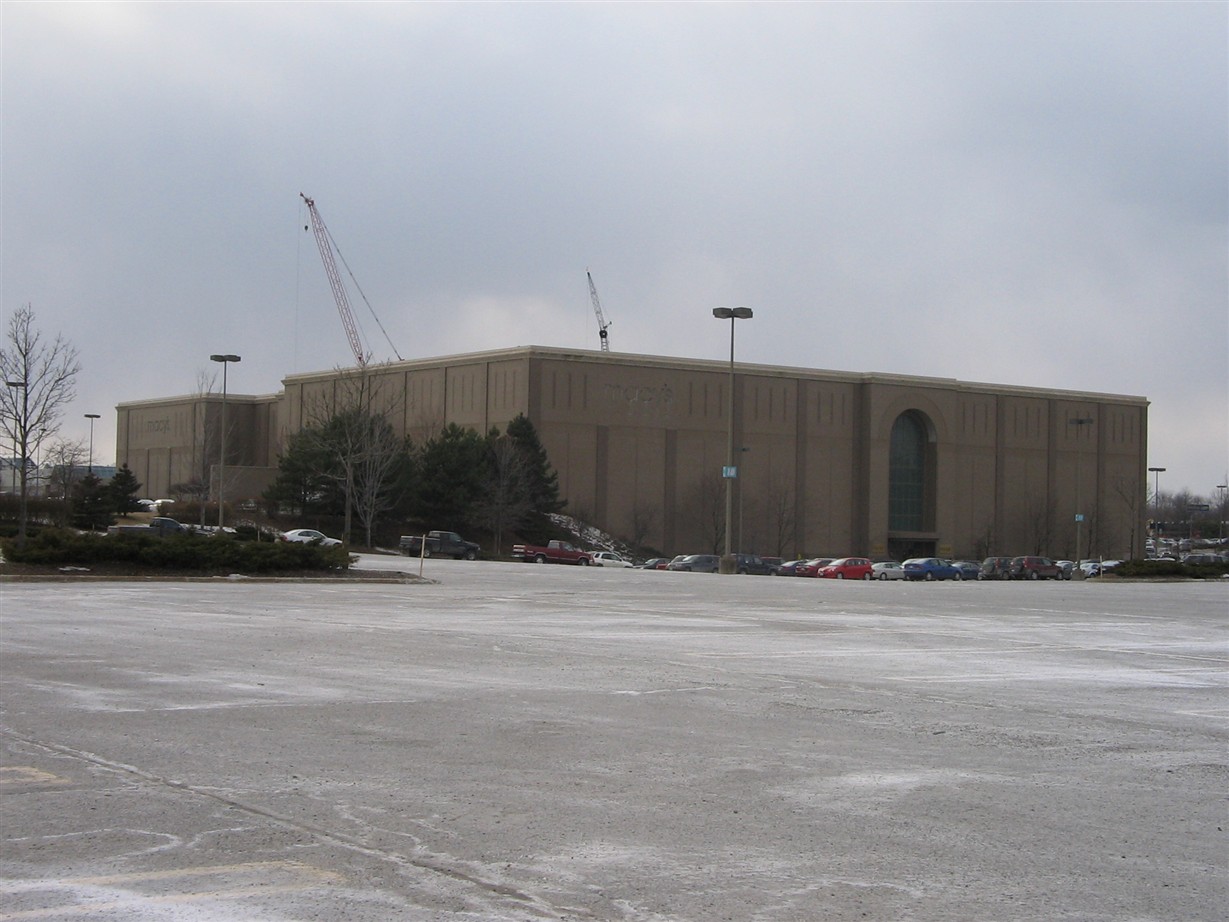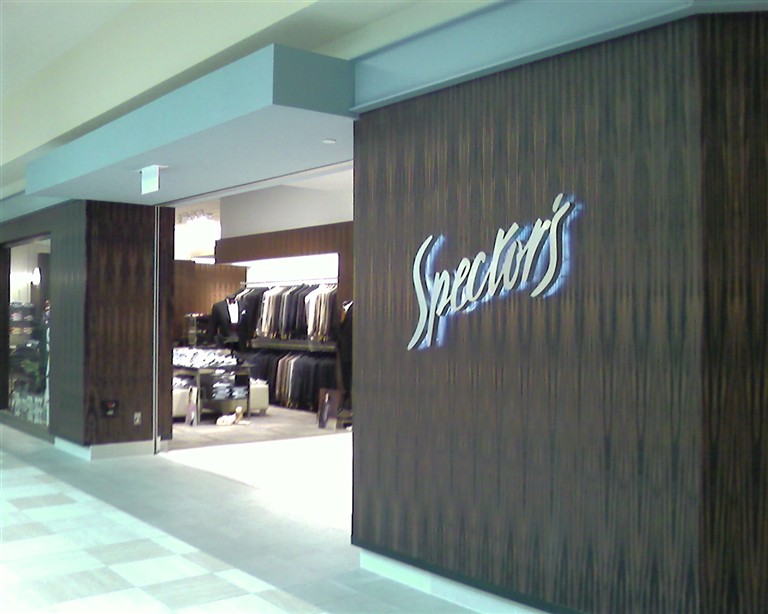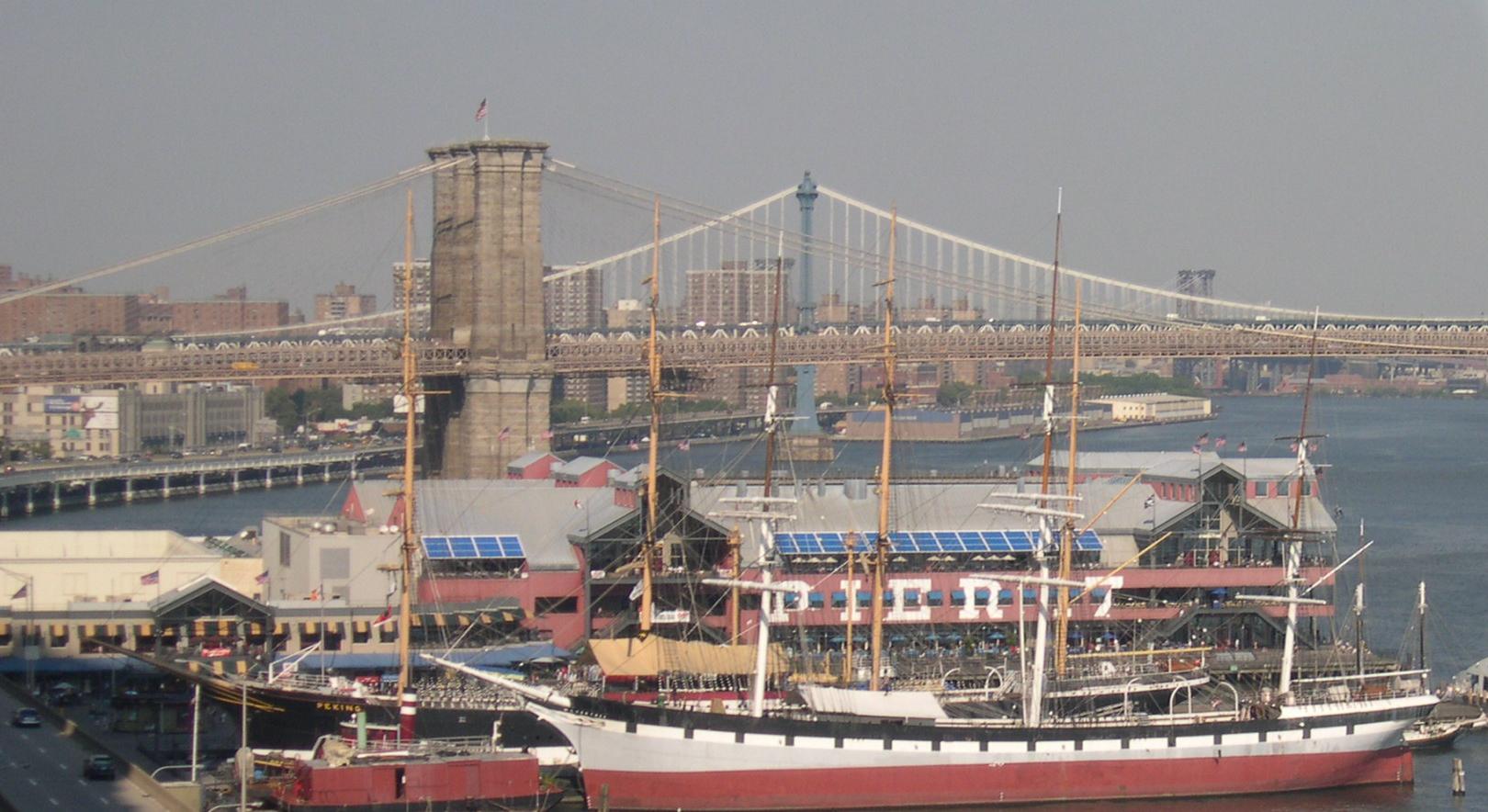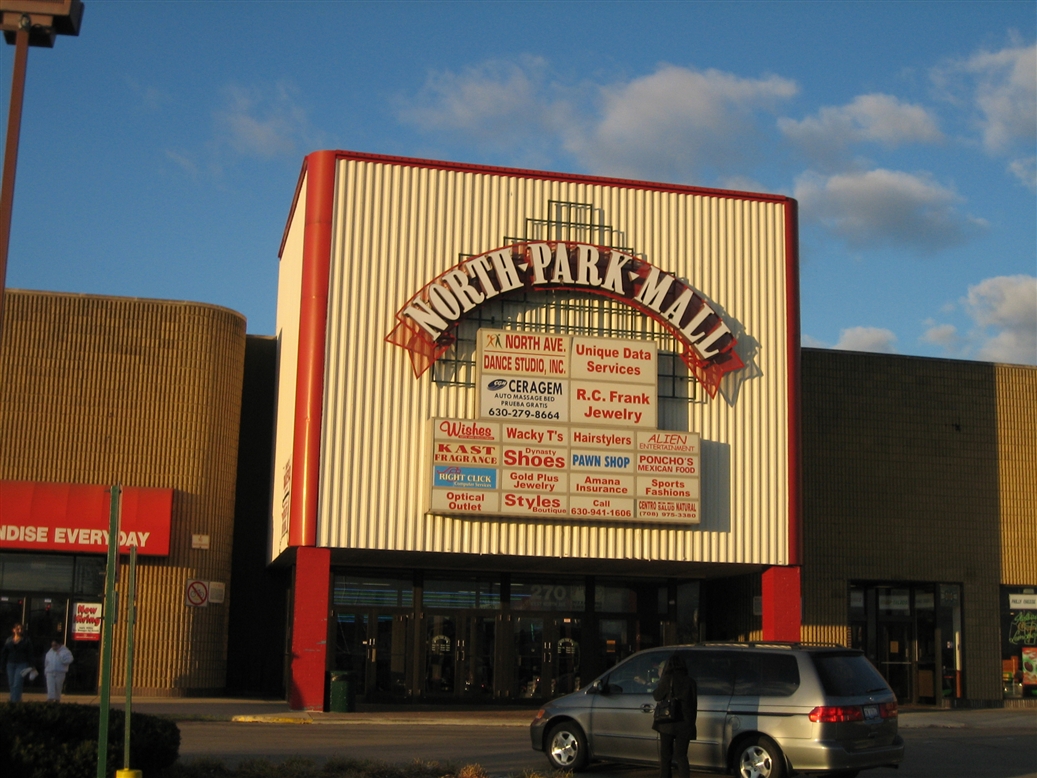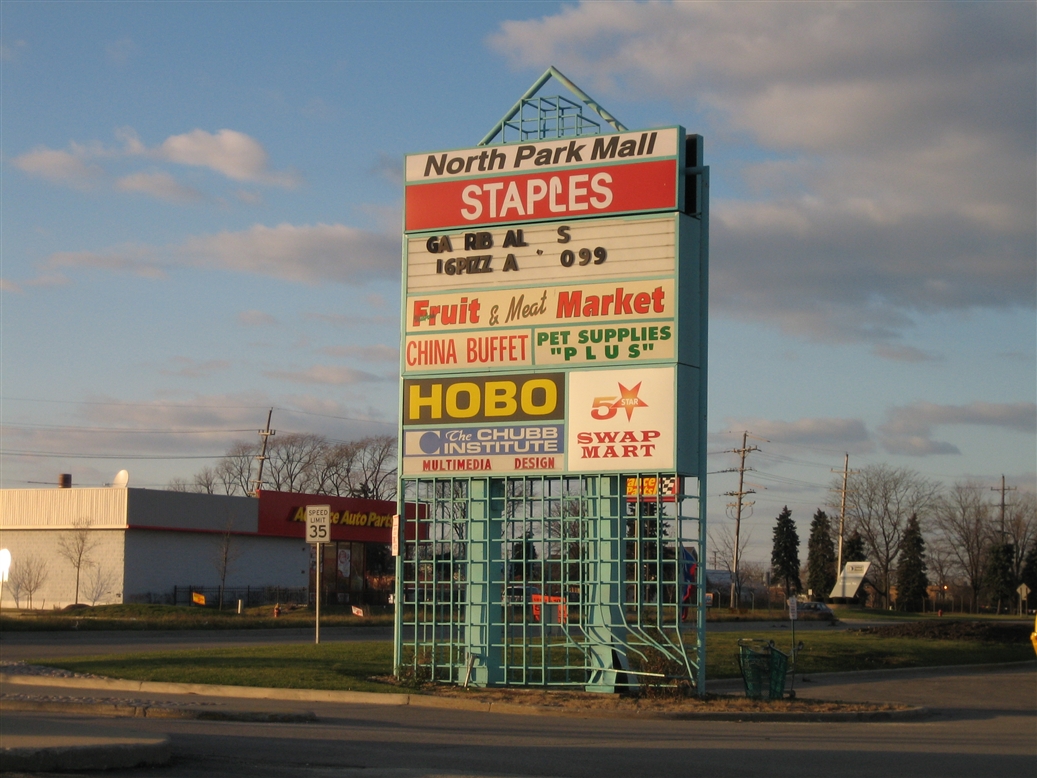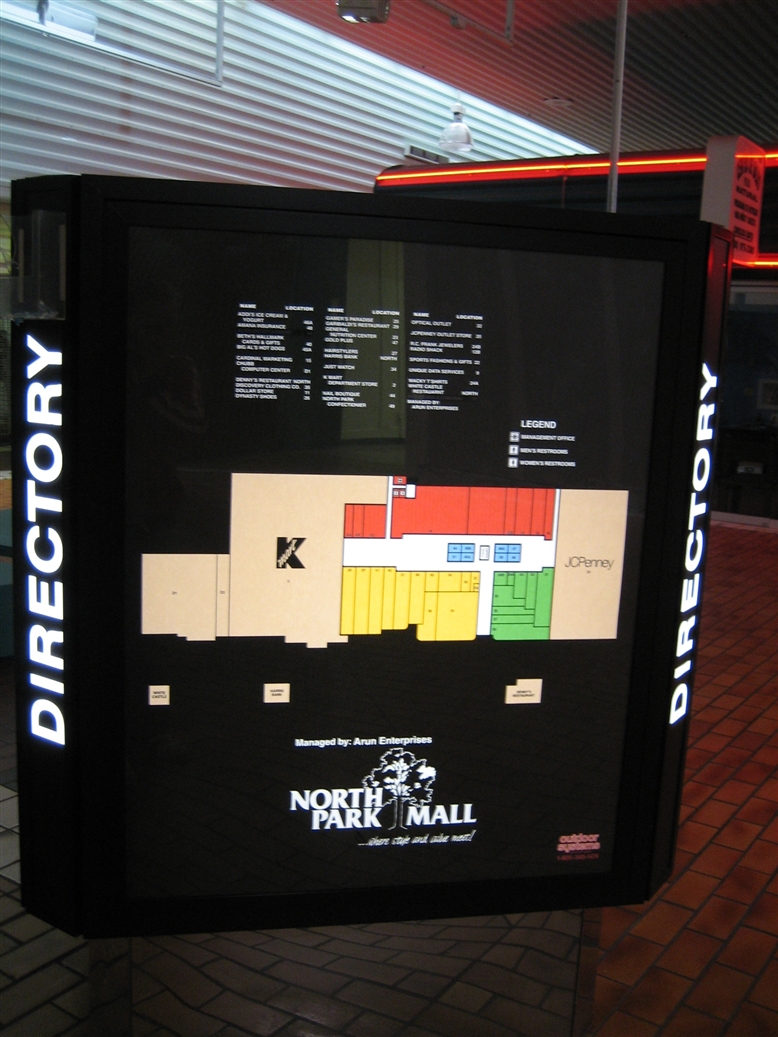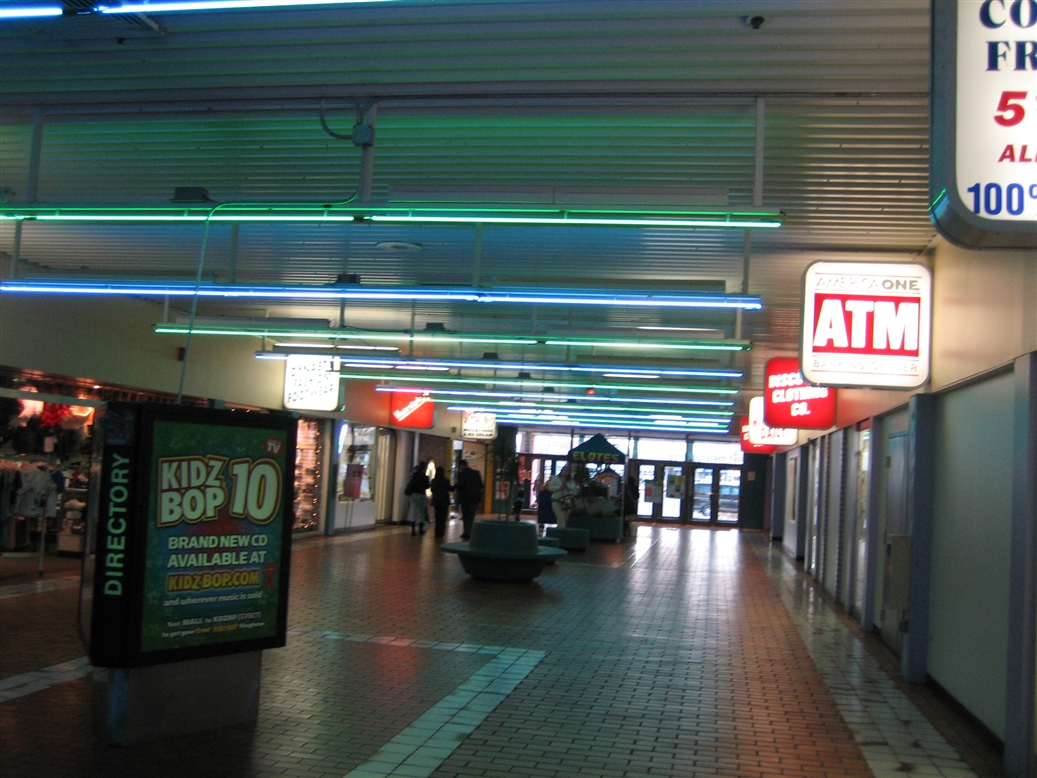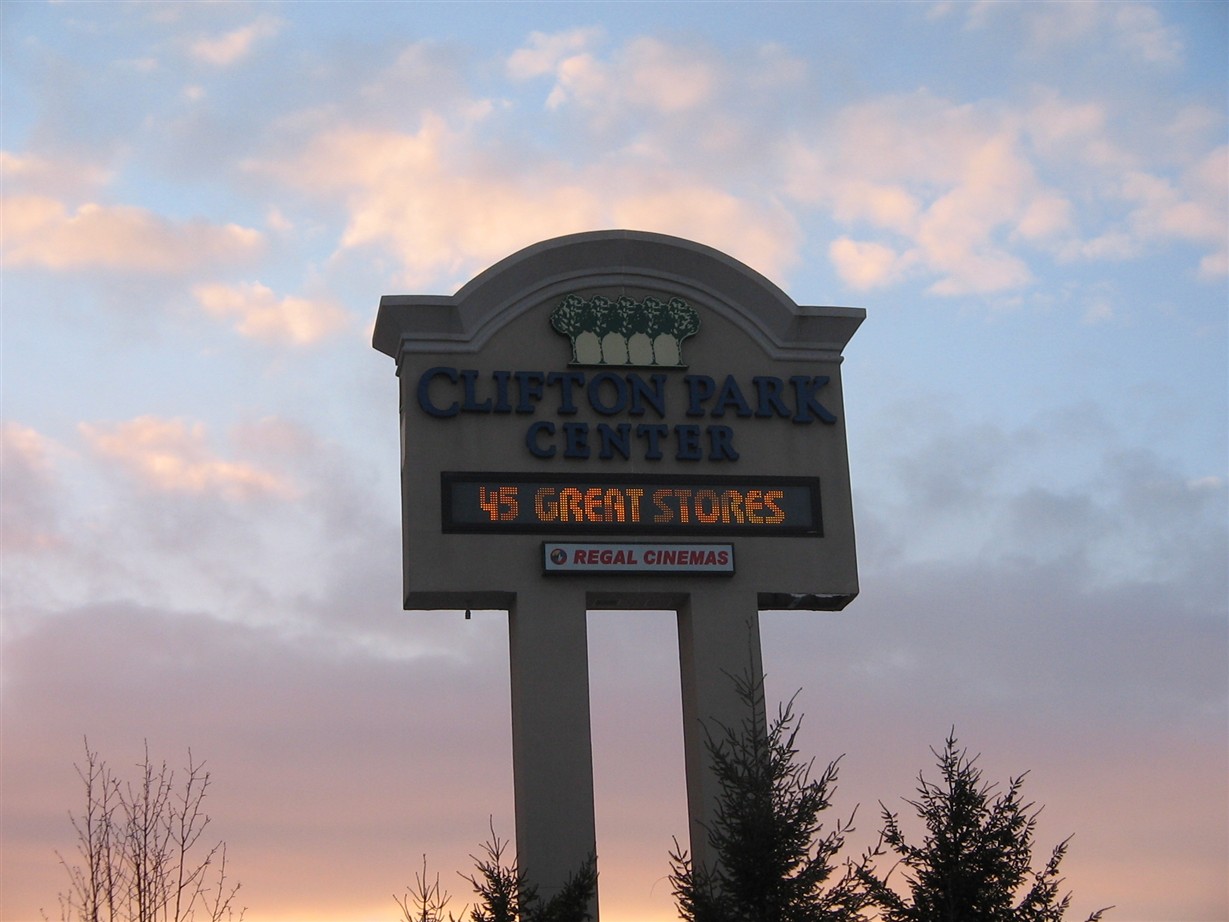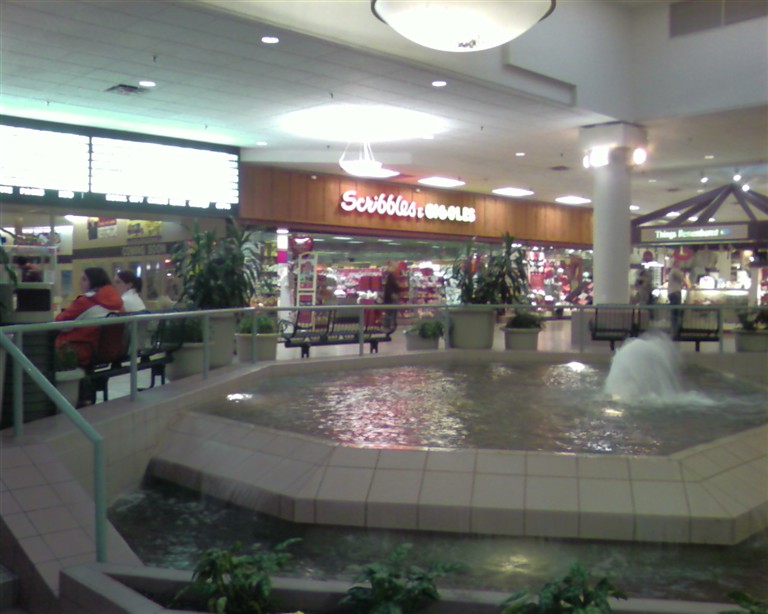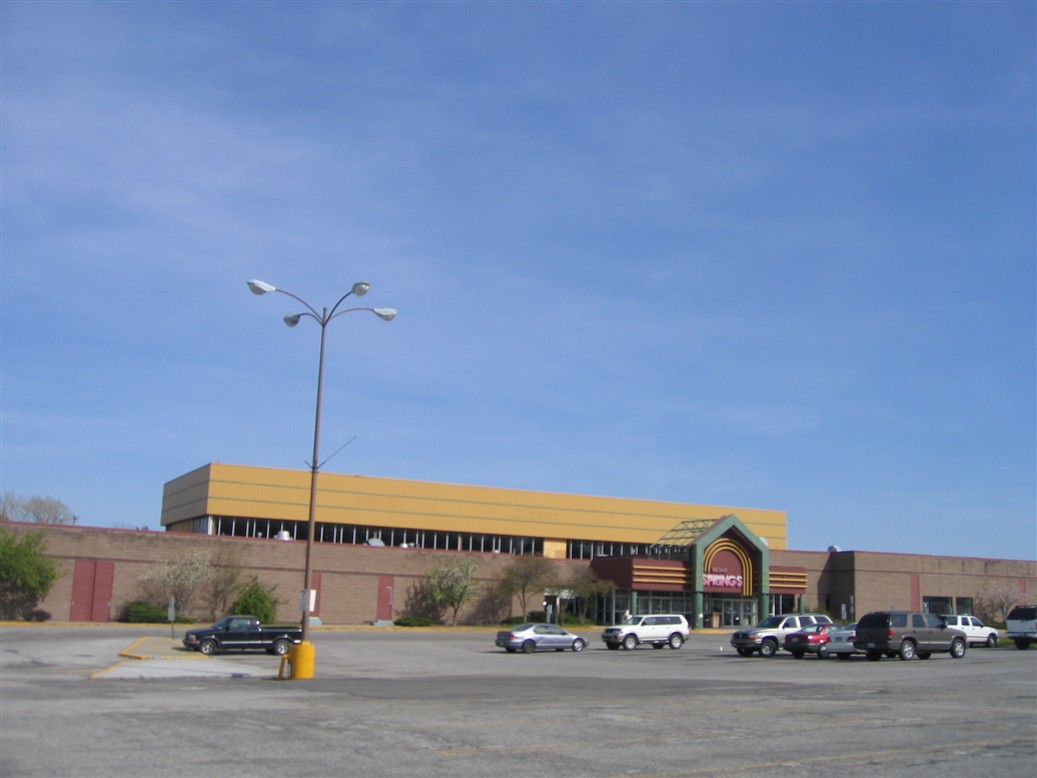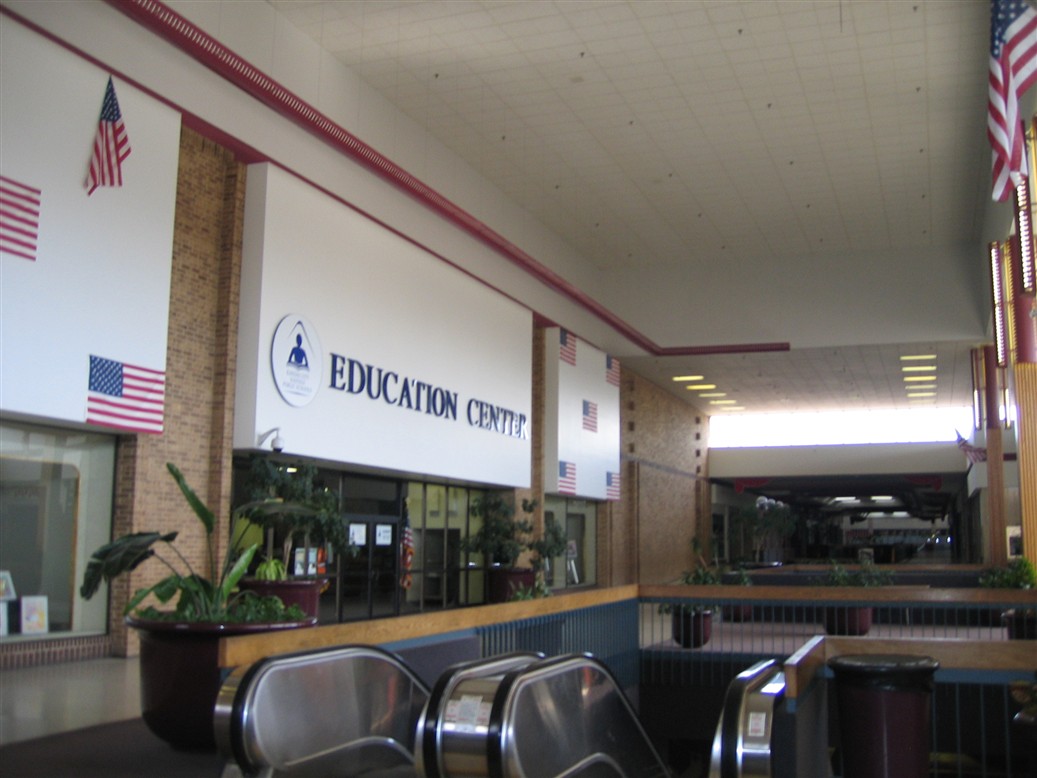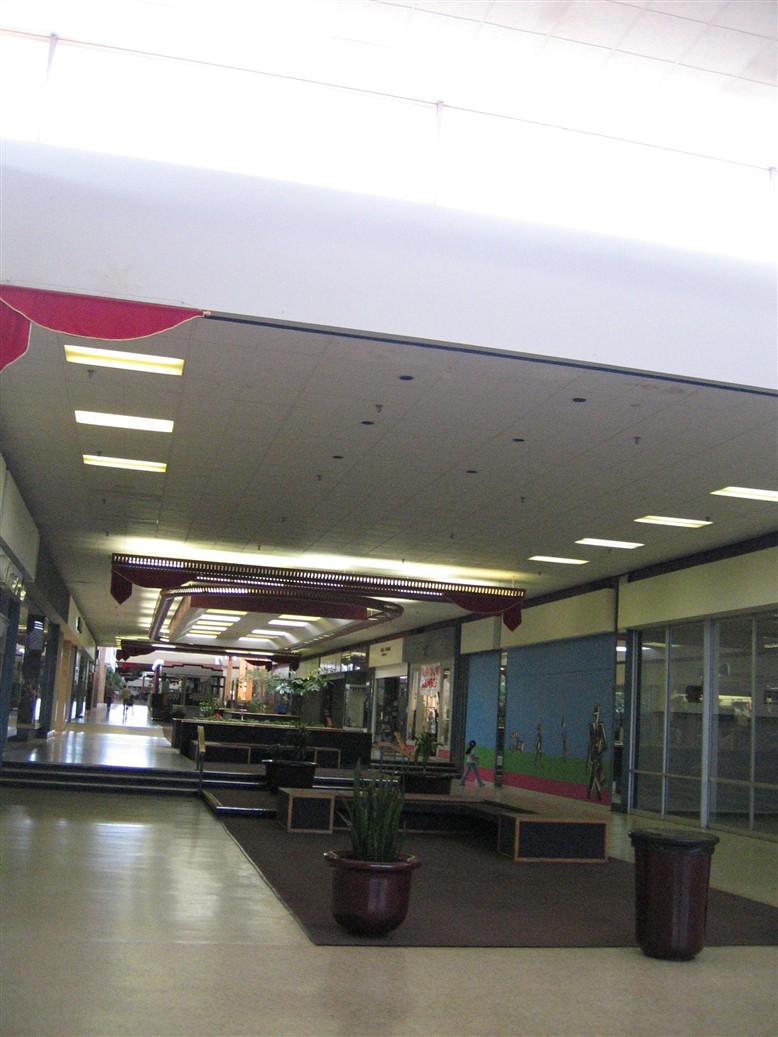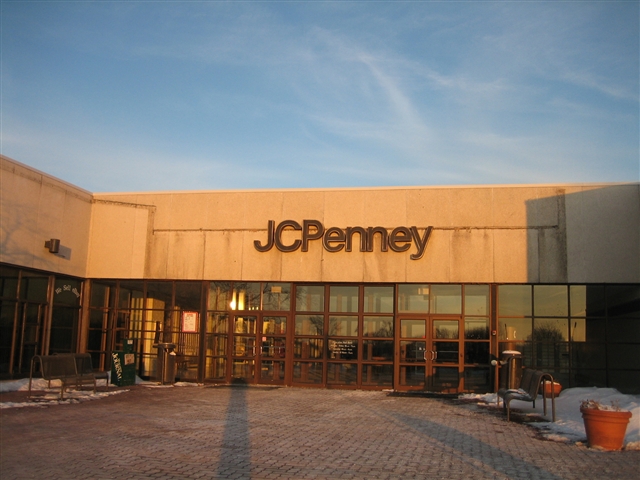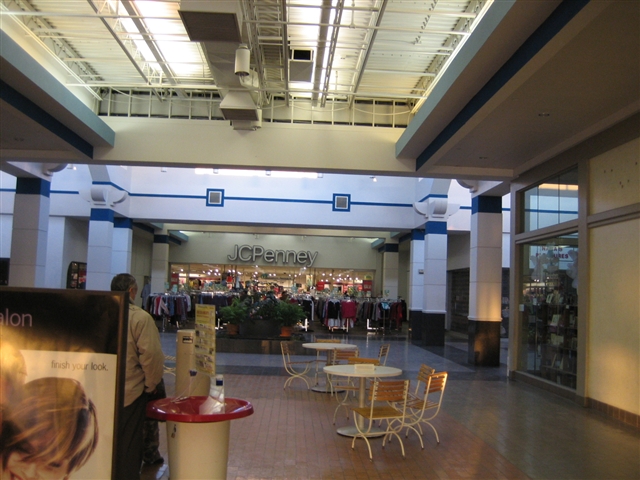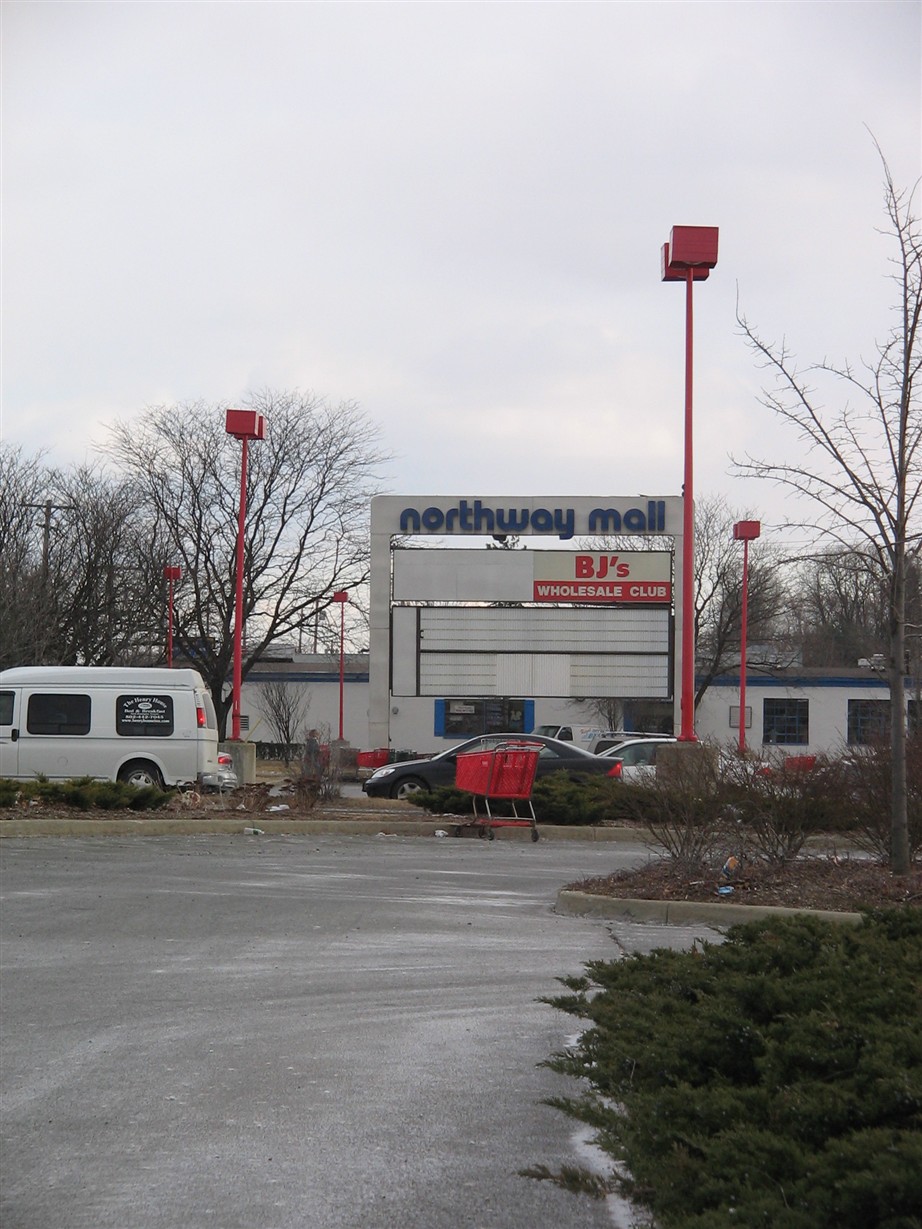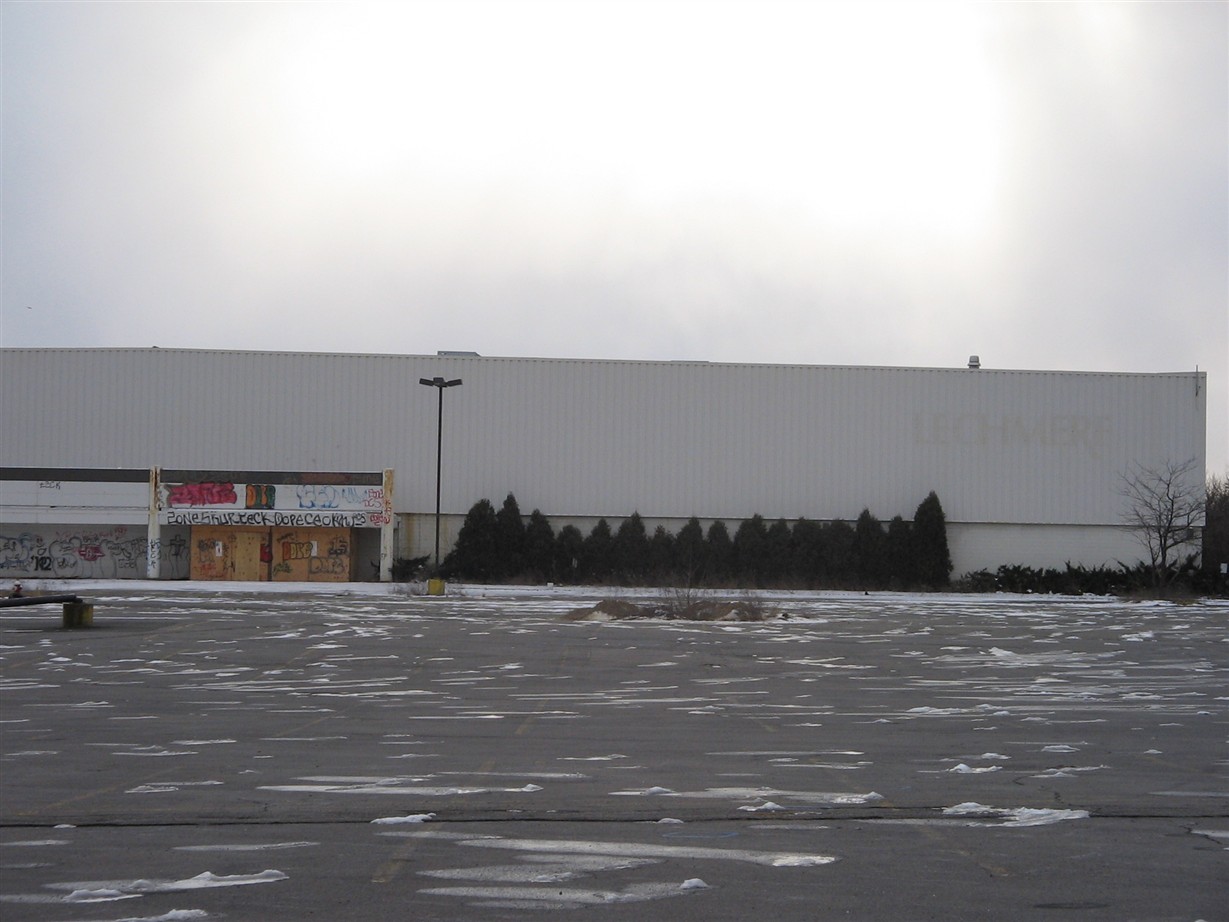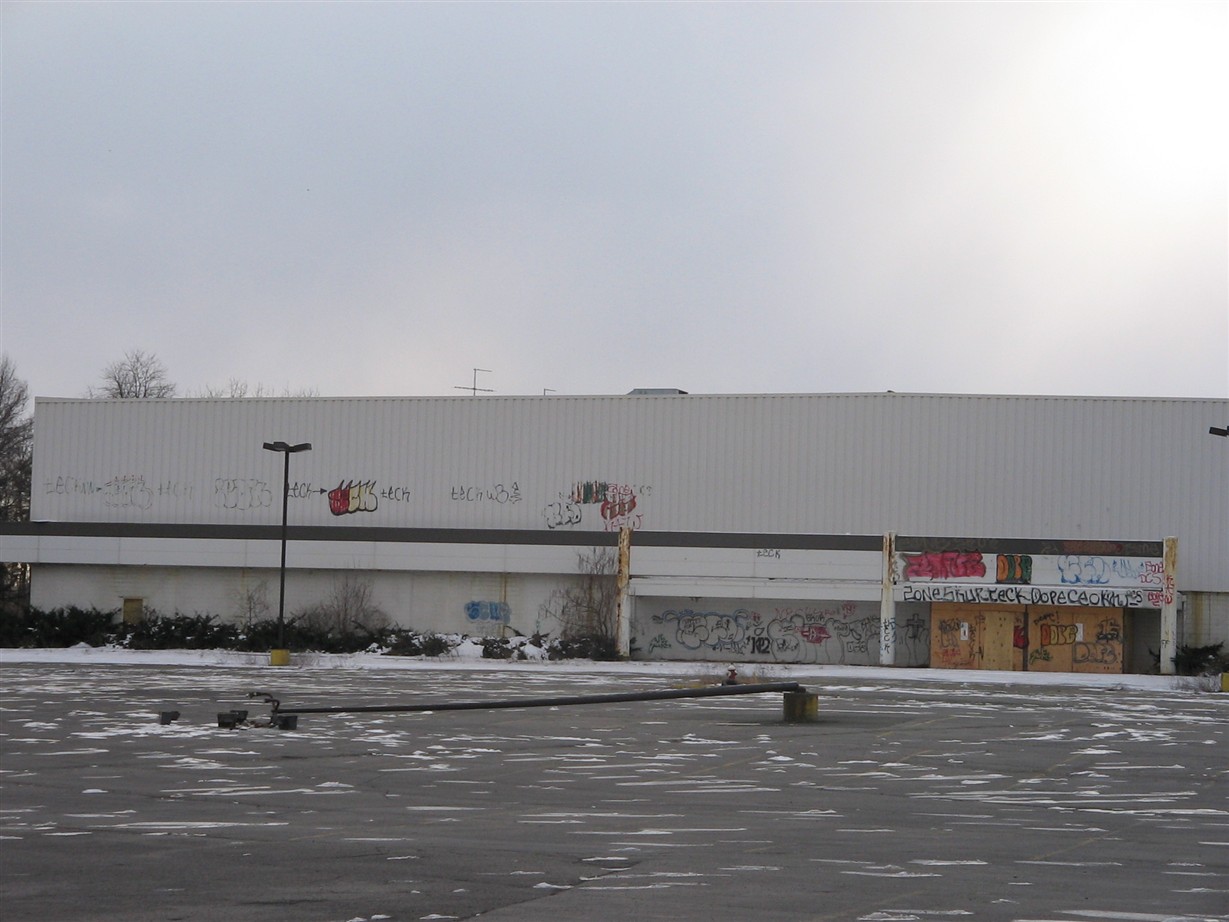Self-proclaimed “The Best Town on Earth”, Madisonville is a small city of approximately 20,000 people located in the middle of western Kentucky. Economically, the city has remained prosperous in the post-coal mining period thanks to a highway infrastructure which criss-crosses the city. In fact, the new I-69 corridor linking Canada to Mexico will pass right by Madisonville within a few years, solidifying the manufacturing industry here for the time being.
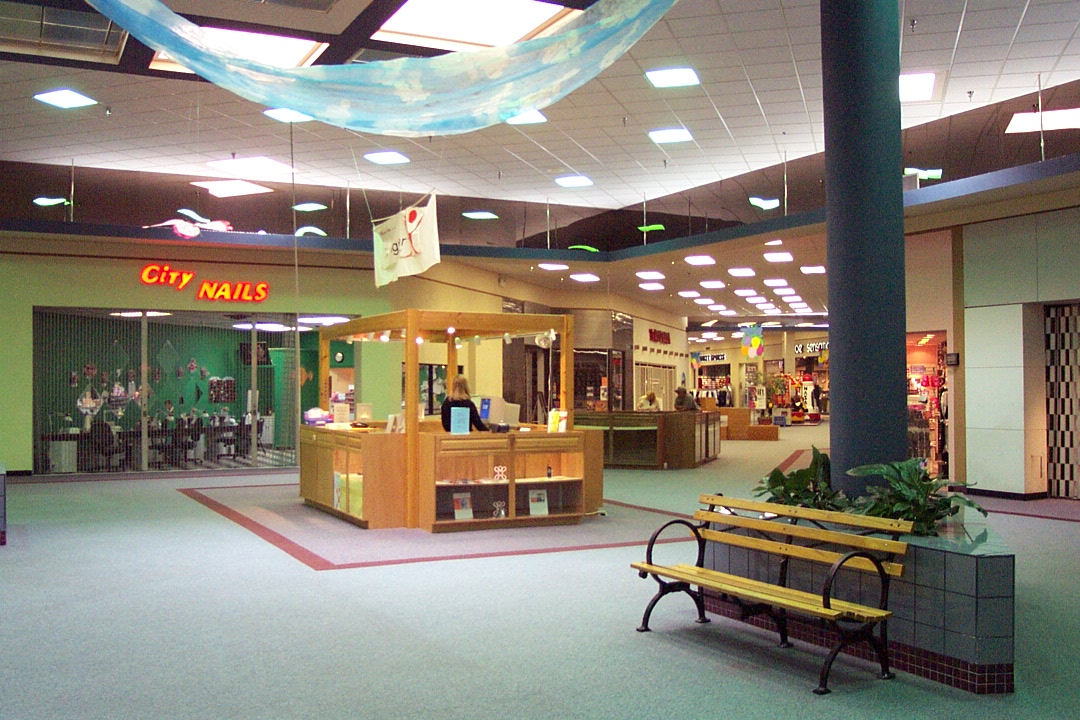 In part due to Madisonville’s importance as a manufacturing and transportation hub and also due to its relative isolation from larger cities, Madisonville is a retailing center for it and the immediate region surrounding. The closest larger city is Evansville, Indiana which is 50 miles north and the closest large metropolitan area is Nashville, Tennessee which is 100 miles southeast. A large strip featuring a mall and many big box retailers and strip malls exists near the interchange of KY 70/85 and Pennyrile Parkway (Future I-69), just east of downtown.
In part due to Madisonville’s importance as a manufacturing and transportation hub and also due to its relative isolation from larger cities, Madisonville is a retailing center for it and the immediate region surrounding. The closest larger city is Evansville, Indiana which is 50 miles north and the closest large metropolitan area is Nashville, Tennessee which is 100 miles southeast. A large strip featuring a mall and many big box retailers and strip malls exists near the interchange of KY 70/85 and Pennyrile Parkway (Future I-69), just east of downtown.
Parkway Plaza Mall, which opened in 1980, is a small one-level enclosed mall anchored by Goody’s Family Clothing, Peebles, and Dawahares, a Kentucky-based family apparel retailer. There is also an 8-screen Capitol Theatre in the mall, and the mall’s enclosed space is a mere 230,000 square feet. The mall is owned and managed by local Ershig Properties, based in nearby Henderson, who indicate on their website they renovated the mall in 2002.
We visited Parkway Plaza Mall in May 2001, and were surprised to find how substantial it was given the relatively small population of the trade area. However, this can be explained by two factors. First, a small mall building boom took place during the late 1970s and early 1980s, placing enclosed malls of this size in smaller cities and suburbs (as ancillaries to larger centers) throughout the country, such as Beaver Dam Mall in Wisconsin. Second, and the reason why Parkway Plaza has largely succeeded where others such as Beaver Dam have failed is that the mall fills in an important gap. As mentioned above, the nearest regional mall is 50 miles to the north in Evansville, and the nearest metropolitan area with larger offerings is Nashville which is 100 miles away, so shoppers appreciate and use this local offering.
Check out the 80s decor of Parkway Plaza, featuring wood paneling, curving mirrors, and carpeting throughout the mall. If you have any information or anecdotal accounts of Parkway Plaza, or know anything about the 2002 renovation, feel free to chime in with some comments.
